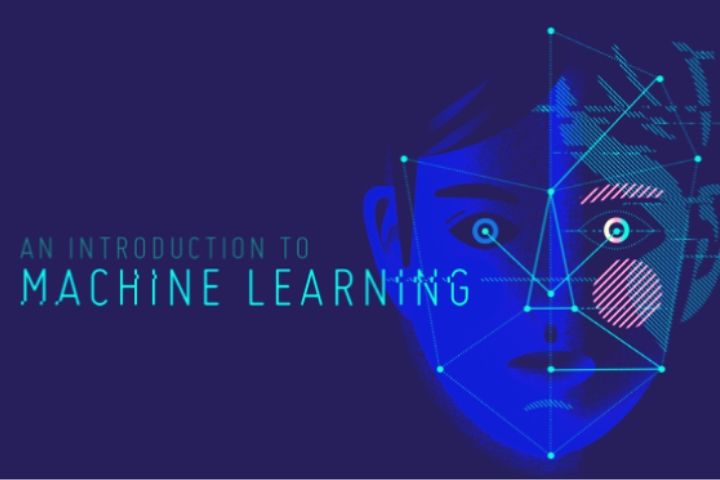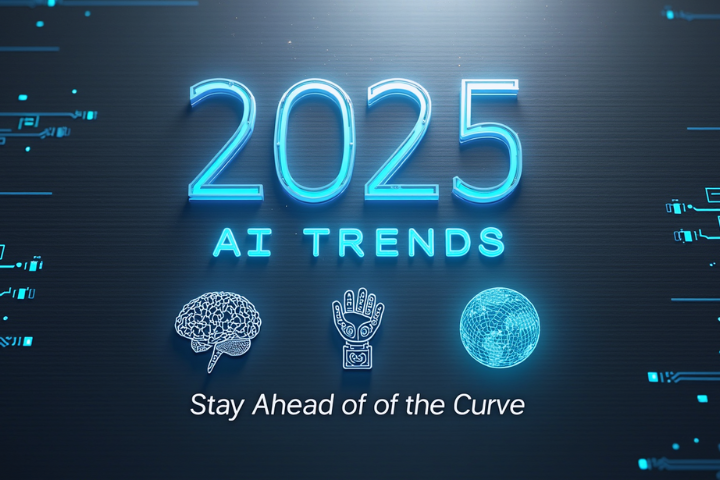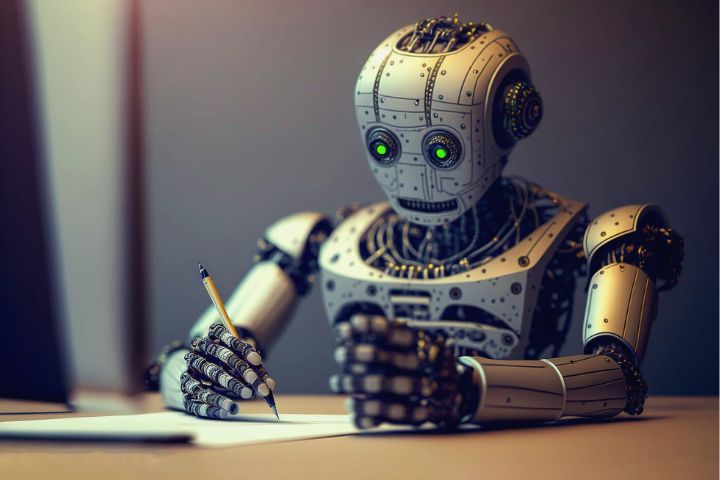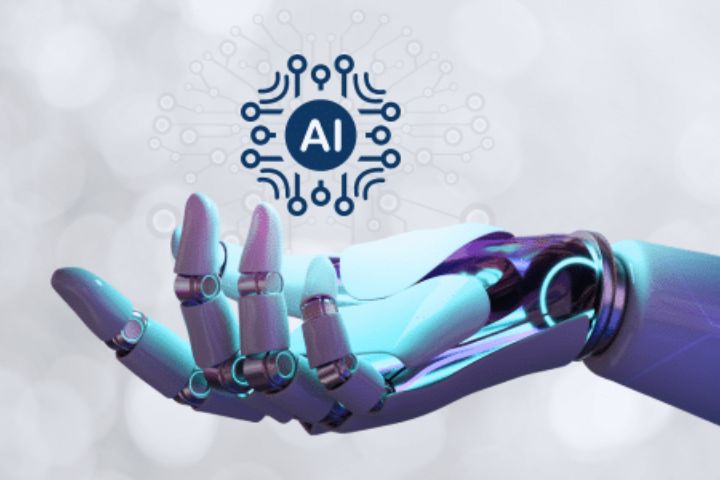Grosso modo, the Machine Learning (AA, or Machine Learning, by name) is the branch of Artificial Intelligence that aims to develop techniques that allow computers to learn. More specifically, it is about creating algorithms capable of generalizing behaviors and recognizing patterns from information provided in the form of examples.
It is, therefore, a process of induction of knowledge, that is, a method that allows a general statement to be obtained by generalization from statements that describe particular cases.
When all the particular cases have been observed, induction is considered complete, so the generalization it gives rise to is considered valid. However, in most cases it is impossible to obtain a complete induction, so the statement that it gives rise to is subject to a certain degree of uncertainty, and therefore cannot be considered as a formally valid inference scheme or can empirically justify.
In many cases the field of action of machine learning overlaps with that of Data Mining, since the two disciplines are focused on data analysis, however, machine learning focuses more on the study of the computational complexity of problems with the intention of making them feasible from a practical point of view, not only theoretical.
At a very basic level, we could say that one of the tasks of the AA is to try to extract knowledge about some unobserved properties of an object based on the properties that have been observed of that same object (or even of properties observed in other similar objects).
Or, in plainer words, predicting future behavior based on what has happened in the past. A very topical example would be, for example, predicting whether a certain product will be liked by a customer based on the ratings that the same customer has made of other products that they have tried.
In any case, since the topic, we are talking about is related to learning, the first thing we have to ask ourselves is: What do we understand by learning? and, since we want to give general methodologies to produce learning automatically, once we establish this concept we will have to give methods to measure the degree of success/failure of learning.
In any case, since we are transferring an intuitive concept that we normally use in everyday life to a computational context, it must be borne in mind that all the definitions that we give of learning from a computational point of view, as well as the various forms of Measure it, they will be intimately related to very specific contexts and possibly far from what intuitively, and in general, we understand by learning.
A relatively general definition of learning within the human context could be the following: the process through which skills, abilities, knowledge, behaviors, or values are acquired or modified as a result of the study, experience, instruction, reasoning, and observation.
From this definition it is important to note that learning must occur from experience with the environment, learning is not considered all the skills or knowledge that are innate in the individual or that are acquired as a result of the natural growth of the latter. Following a similar scheme, in AA we will consider learning what the machine can learn from experience, not from the recognition of patterns programmed a priori.
Therefore, a central task of how to apply this definition to the context of computing will be to feed the experience of the machine by means of objects with which to train ( examples ) to subsequently apply the patterns that it has recognized on other objects. different (in a product recommendation system, an example would be a particular customer/product pair, along with information about the valuation that the latter has made of it).
There are a large number of problems that fall within what we call inductive learning. The main difference between them lies in the type of objects they are trying to predict. Some common classes are:
Regression:
They try to predict real value. For example, predicting the value of the stock market tomorrow from the behavior of the stock that is stored (past). Or predict a student’s grade in the final exam based on the grades obtained in the various tasks carried out during the course.
Classification (Binary Or Multiclass):
They try to predict the classification of objects on a set of prefixed classes. For example, classifying whether a certain news item is sports, entertainment, politics, etc. If only 2 possible classes are allowed, then it is called binary classification; if more than 2 classes are allowed, we are talking about multiclass classification.
Ranking:
Try to predict the optimal order of a set of objects according to a predefined order of relevance. For example, the order in which a search engine returns internet resources in response to a search by a user.
Normally, when dealing with a new AA problem, the first thing to do is to frame it within one of the previous classes, since depending on how it is classified, it will be the way in which we can measure the error made between prediction and reality.
Consequently, the problem of measuring how successful the learning obtained is must be addressed for each particular case of applied methodology, although in general, we can anticipate that we will need to “embed” the representation of the problem in a space in which we have defined a measure.
On the other hand, and depending on the type of output that is produced and how the treatment of the examples is approached, the different AA algorithms can be grouped into:
Supervised Learning:
A function is generated that matches the desired inputs and outputs of the system, where the knowledge base of the system is made up of a priori labeled examples (that is, examples of which we know their correct classification). An example of this type of algorithm is the classification problem that we mentioned earlier.
Unsupervised Learning:
Where the modeling process is carried out on a set of examples made up solely of inputs to the system, without knowing its correct classification. So it is sought that the system is able to recognize patterns to be able to label the new entries.
Semi-Supervised Learning:
It is a combination of the two previous algorithms, taking into account classified and unclassified examples.
Reinforcement Learning:
In this case, the algorithm learns by observing the world around it and with a continuous flow of information in both directions (from the world to the machine, and from the machine to the world) by performing a trial-error process, and reinforcing those actions that receive a positive response in the world.
Transduction:
It is similar to supervised learning, but its objective is not to explicitly build a function, but only to try to predict the categories into which the following examples fall based on the input examples, their respective categories, and the new examples to the system. In other words, it would be closer to the concept of dynamic supervised learning.
Multi-Task Learning:
Encompasses all those learning methods that use knowledge previously learned by the system in order to face problems similar to those already seen.



![Top 10 M4uFree Movie Alternatives | M4uFreeMovie in 2022 [Updated]](https://www.techsplashers.com/wp-content/uploads/2022/03/Top-10-M4uFree-Movie-Alternatives-M4uFreeMovie-in-2022-Updated.jpg)








Leave a Reply